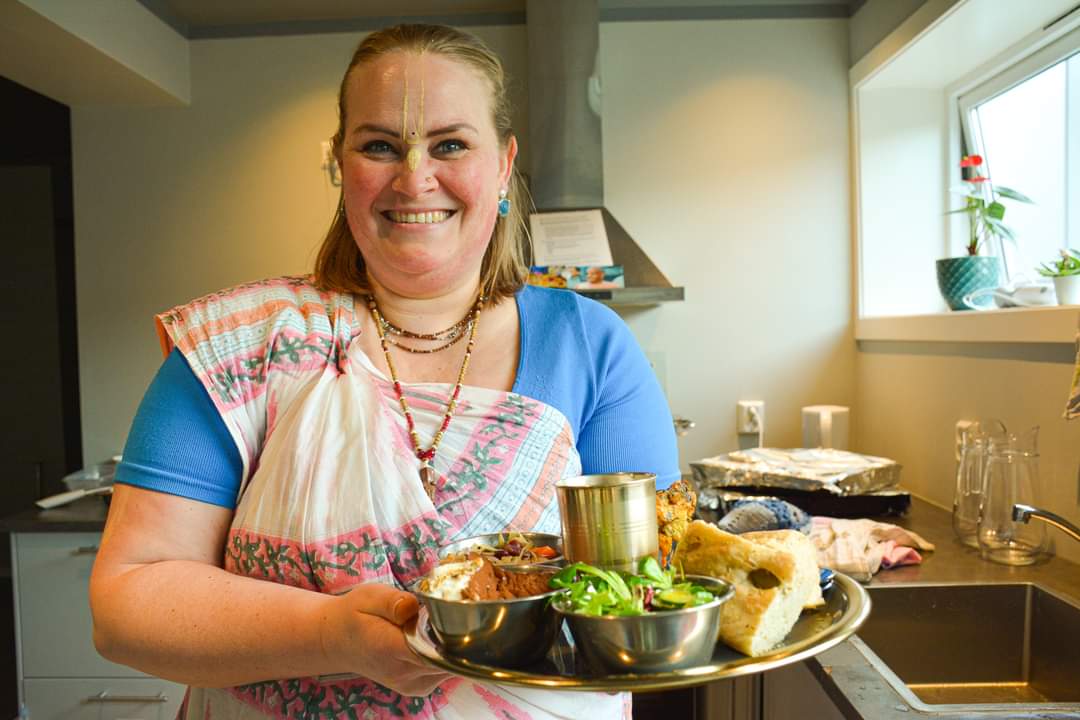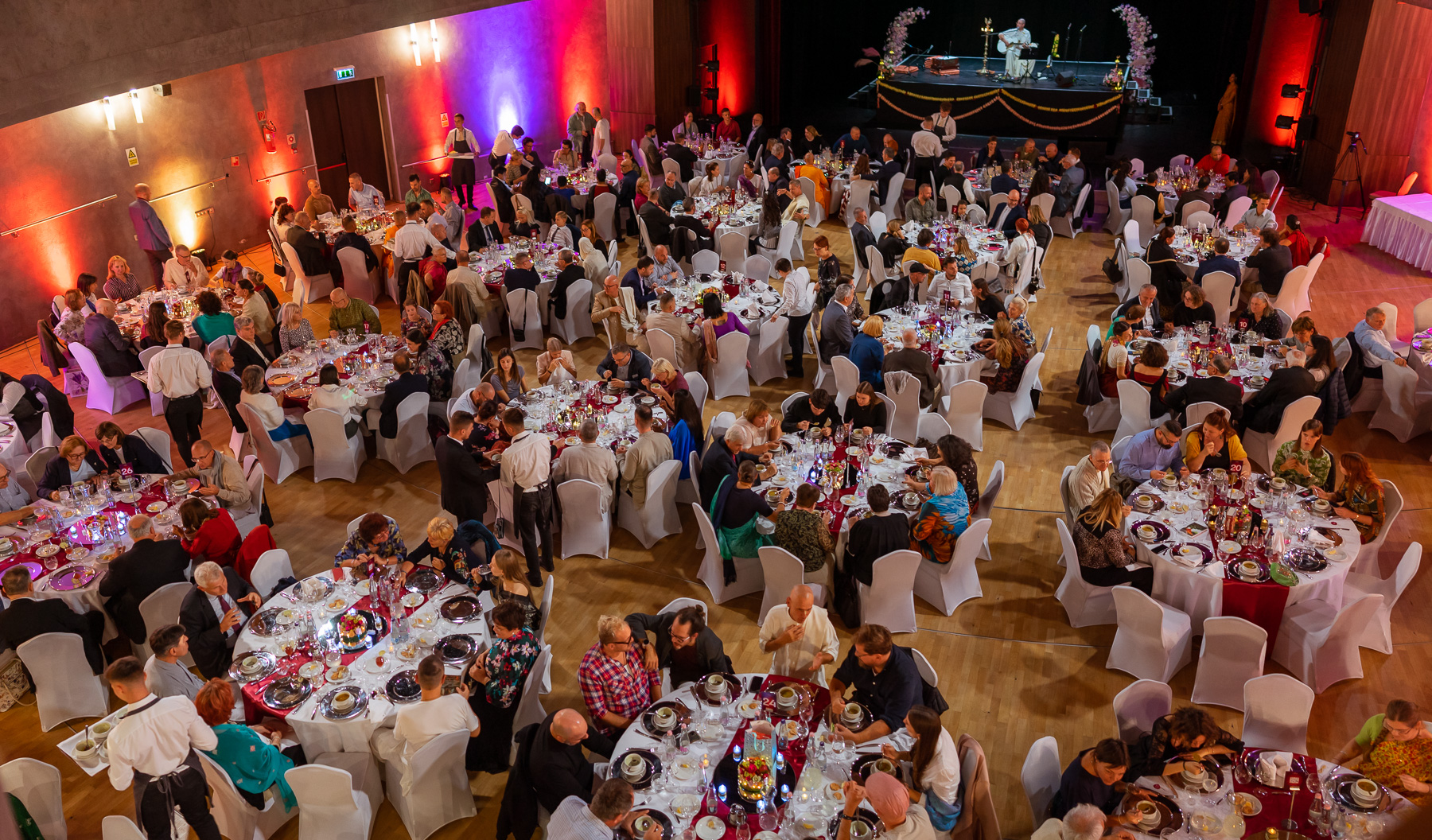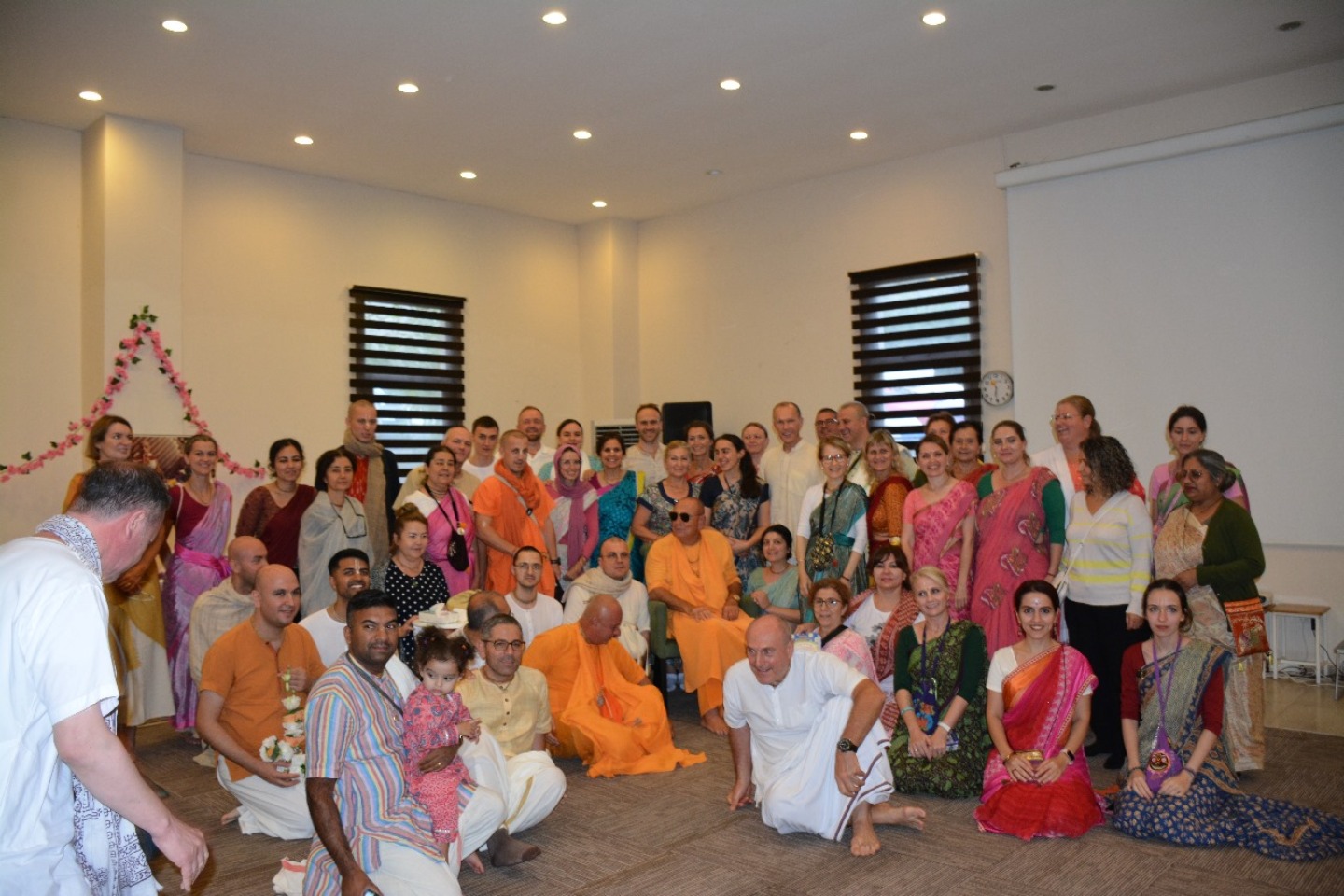Cinnamon beats Alzheimers
By Craig Stellpflug | Июл 28, 2012

The miracle spice cinnamon is the scented bark of a tropical evergreen tree, native to India and Sri Lanka. Cinnamon comes from an evergreen tree in Southeast Asia and is cultivated widely in Vietnam, China, Burma, and Laos for its bark and the oil processed from the bark. Once upon a time in ancient Rome, cinnamon was worth more than silver.
Cinnamon is harvested from the inner bark of the tree branches after scraping off the corky outer layer and then drying the bark. As it dries, the bark curls up into quills which are then cut into sticks to be ground into the spice form. Full of calcium and fiber, cinnamon is one of the oldest known spices, it is mentioned in the Bible and was used in ancient Egypt as medicine, beverage flavoring and an embalming agent.
According to traditional Chinese medicine, cinnamon helps improve the body’s “fire.”
<strong?Cinnamon – Not just a spice!
Professor Daniel Fung, an expert in food science at Kansas State University, says cinnamon contains a compound that has the ability to kill bacteria. “If cinnamon can knock out E.coli 0157:H7, one of the most virulent food-borne microorganisms that exists today, it will certainly have antimicrobial effects on other common food-borne bacteria such as Salmonella and Campylobacter.”
Learn more: http://www.naturalnews.com/036607_cinnamon_Alzheimers_prevention.html#ixzz21txmGAqO















